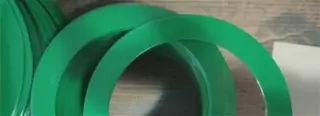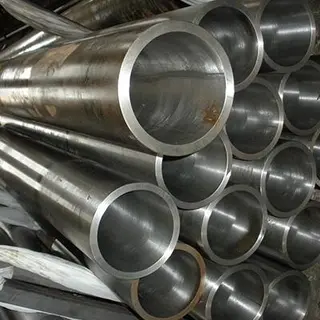Application of Laser Cladding in Moulds Manufacture
Starting in 1980s, laser cladding technique now is an advanced surface modification technique, characterized by relatively low dilution rate, small heat affected zone, little deformation of laser cladding parts, easily automated process, etc.
The application process of laser cladding: cladding materials with specific functions are added to surface of base materials in advance or simultaneously with process of base materials, and laser beam with high-energy density (104~106W/cm2) is used to irradiate cladding materials, so as to form cladding layer integrated cladding materials with surface coatings of base materials in a metallurgical bonding way, thus remarkably improve abrasion resistance, anti-corrosion, heat resistance, oxidation resistance, fatigue resistance and other performance of base materials.
Laser cladding technique has the following advantages:
1. Small heat affected zone, little deformation of laser cladding parts and high finished product ratio.
2. Low dilution rate of cladding layer and little melted amount of base materials.
3. Tiny grains in cladding layer and compact structure, contributing to good physical and chemical properties. Relatively high rigidity helps improve wear resistance, corrosion resistance and other performance.
4. Seamless combination of cladding materials and surface of base materials, leading to stable quality of cladding layer.
5. Easy to achieve automatic laser cladding process.
Since laser cladding technique has such many advantages, it now has been widely used in surface of moulds to improve mechanical properties of moulds and significantly prolong their service life. Besides, this technique can be used to repair moulds, thus greatly saving much machining cost.

Send your message to this supplier
Related Articles from the Supplier
Application of Laser Cladding in Moulds Manufacture
- Oct 27, 2016
Application of Electroplating in Moulds Manufacture
- Oct 27, 2016
Suitable Moulds for Manufacture of Sheet Metal Parts
- Oct 27, 2016
Introduction Of Two Dies Used In Die Casting
- Oct 27, 2016
Prevention Measures for Moulds and Dies Manufacture
- Oct 27, 2016
Approaches to Improve Quality of Moulds
- Oct 27, 2016
The Precision and Durability of Moulds
- Oct 27, 2016
Classical Moulds Series: No.1 Two-Plate Moulds
- Oct 27, 2016
Related Articles from China Manufacturers
Application of Laser Cladding in Moulds Manufacture
- Jun 18, 2015
Application of Electroplating in Moulds Manufacture
- Aug 13, 2019
Application of Laser Cladding in Moulds Manufacture
- Oct 27, 2016
Application of Electroplating in Moulds Manufacture
- Dec 05, 2014
Application of Electroplating in Moulds Manufacture
- Oct 27, 2016
Application of Spiral Wound Gasket in Heavy Industry
- Apr 02, 2023
Related Products Mentioned in the Article
Junying Die Casting Company
- Address: #3, Changfu Road, Ludong, Humen, Dongguan, Guangdong, 523935, P. R. China.
- Phone: +86 769 82890830
- Business Type: Manufacturer,
Supplier Website
Source: https://www.chinatopper.com//application-of-laser-cladding-in-moulds-manufacture.html






